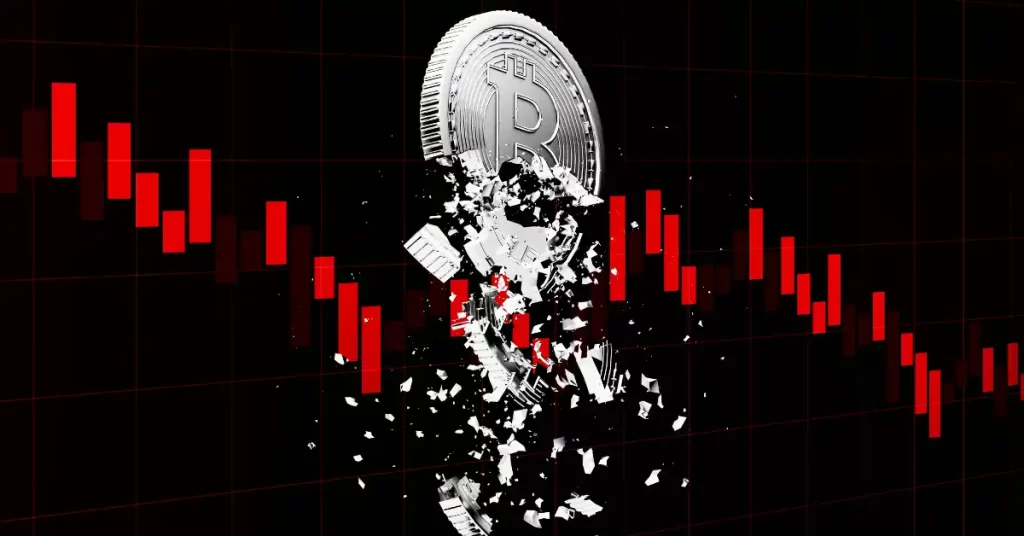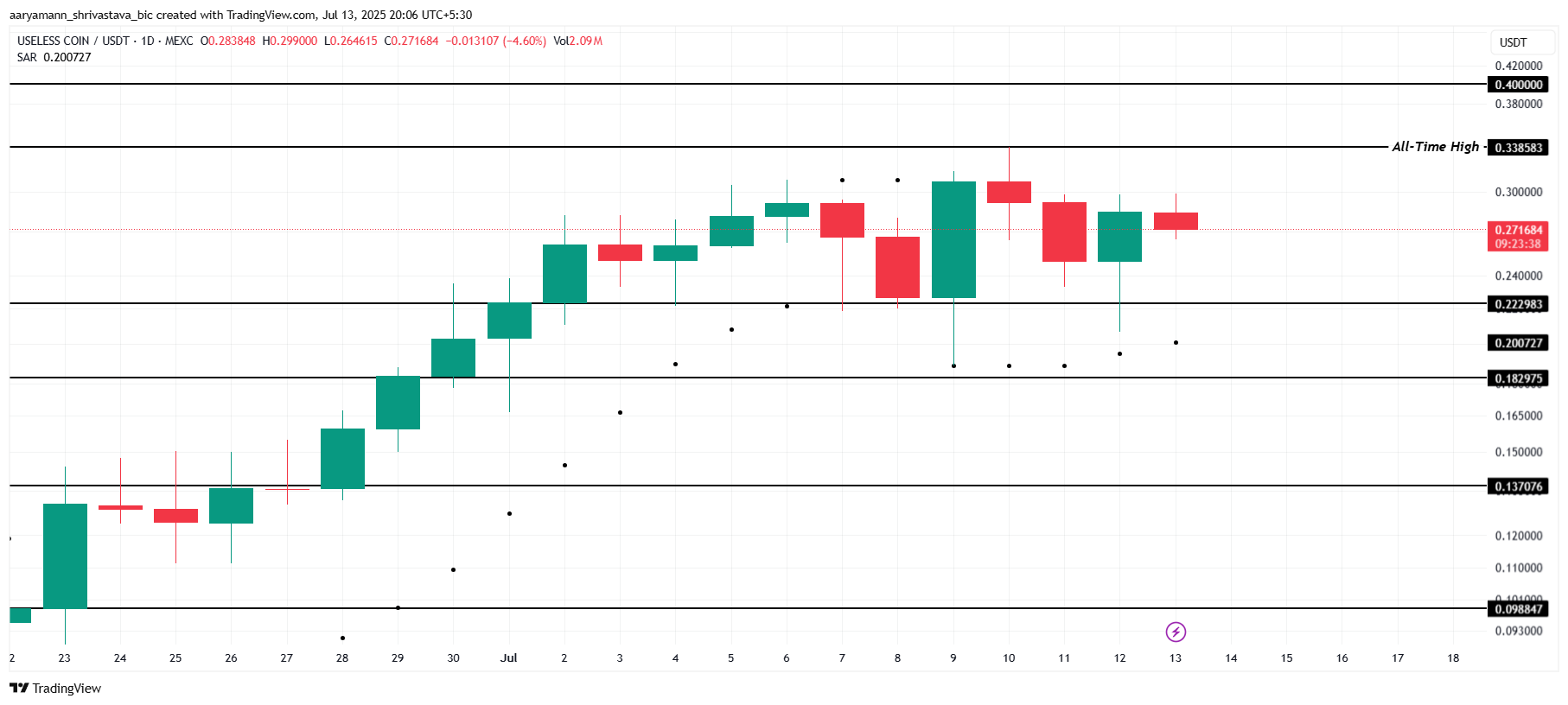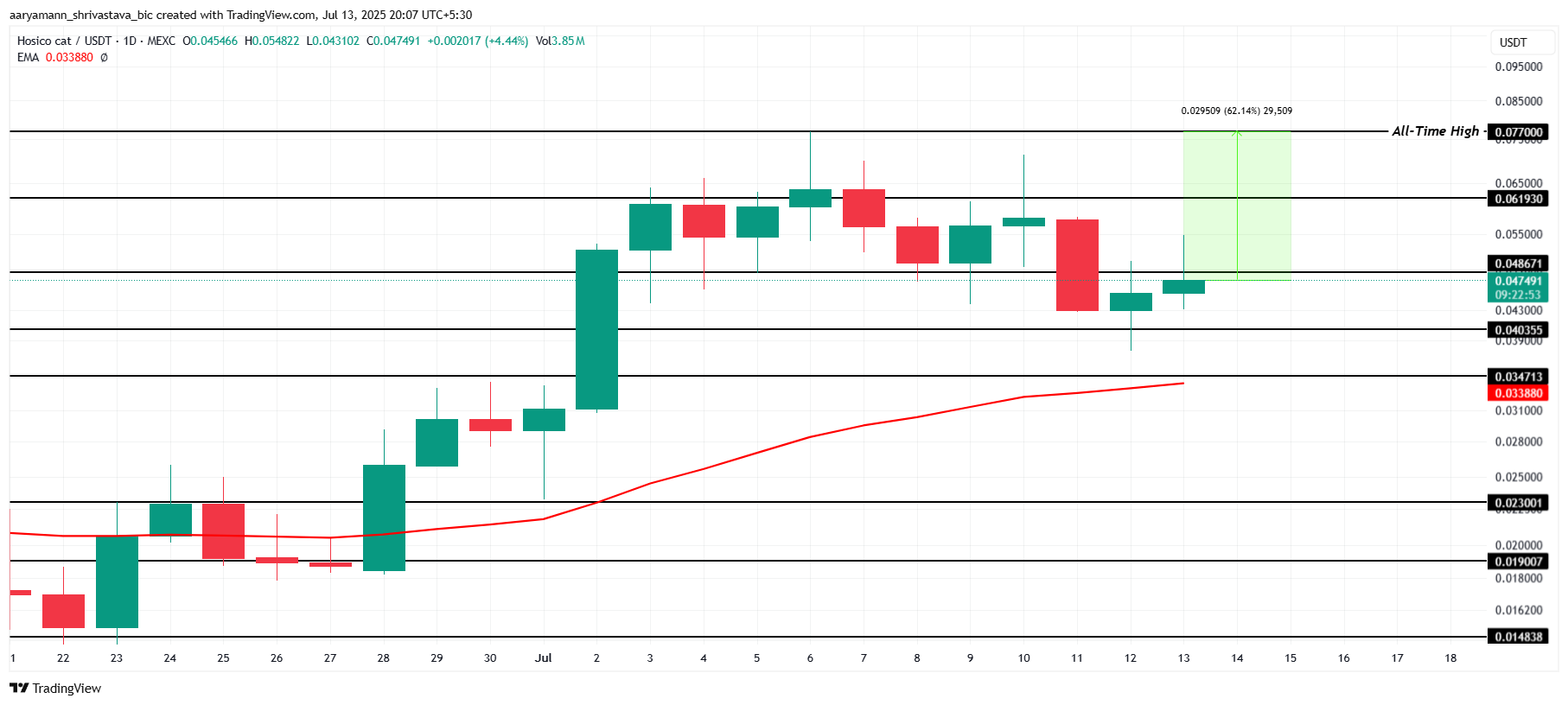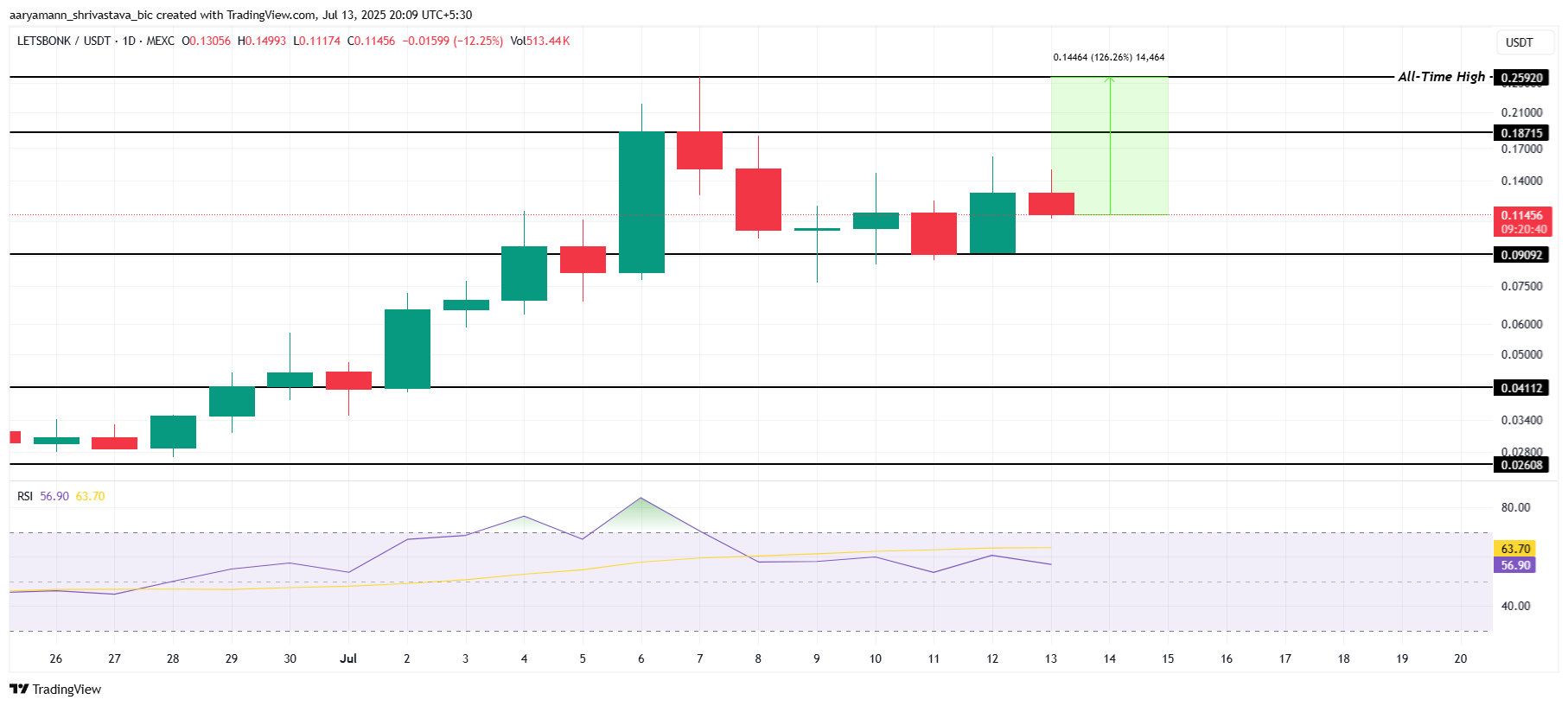
The post How James Wynn Lost $60 Million in a Week Trading Bitcoin appeared first on Coinpedia Fintech News
In the world of cryptocurrency trading, fortunes can be made — and lost — in a matter of days. One such example is James Wynn, a crypto trader famous for using high leverage in his trades. Recently, Wynn faced one of the biggest losses of his career, losing over $60 million in just seven days.
What Happened?
The trouble began on May 19th, when Wynn opened a big trade on Bitcoin using 40x leverage. This means for every $1 of his own money, he borrowed $40 to increase his bet. He started with 5,520 Bitcoin at a price of around $103,300. Over the next few days, he kept increasing his position, pushing it past 9,300 Bitcoin and then above the $1 billion mark.
At first, it looked like a smart move. As Bitcoin’s price rose, Wynn’s trade showed unrealized profits of over $10 million. He even locked in some gains by closing part of his position. But the market soon turned against him. A drop in Bitcoin’s price, triggered by news about new U.S. tariffs on European goods, caused his position to lose value fast.
Wynn tried to recover by adding new trades and switching strategies, but the losses kept piling up. By May 26th, he had lost about $60 million, making it one of the steepest declines of his career. Despite the setback, he mentioned that his trading account still had around $25 million in profits from earlier trades.
Who Is James Wynn?
James Wynn became famous in the crypto world during the 2022 bull market. Back then, he reportedly got support from Alameda Research, a trading firm known for backing new crypto traders. Wynn gained attention for his aggressive trading style, using leverage levels as high as 40x to amplify his positions.
He made big profits trading Bitcoin and meme coins like Pepe Coin and Official Trump Token. His strategy involves reacting quickly to market moves and even using social media to share his positions, which sometimes influences other traders.








